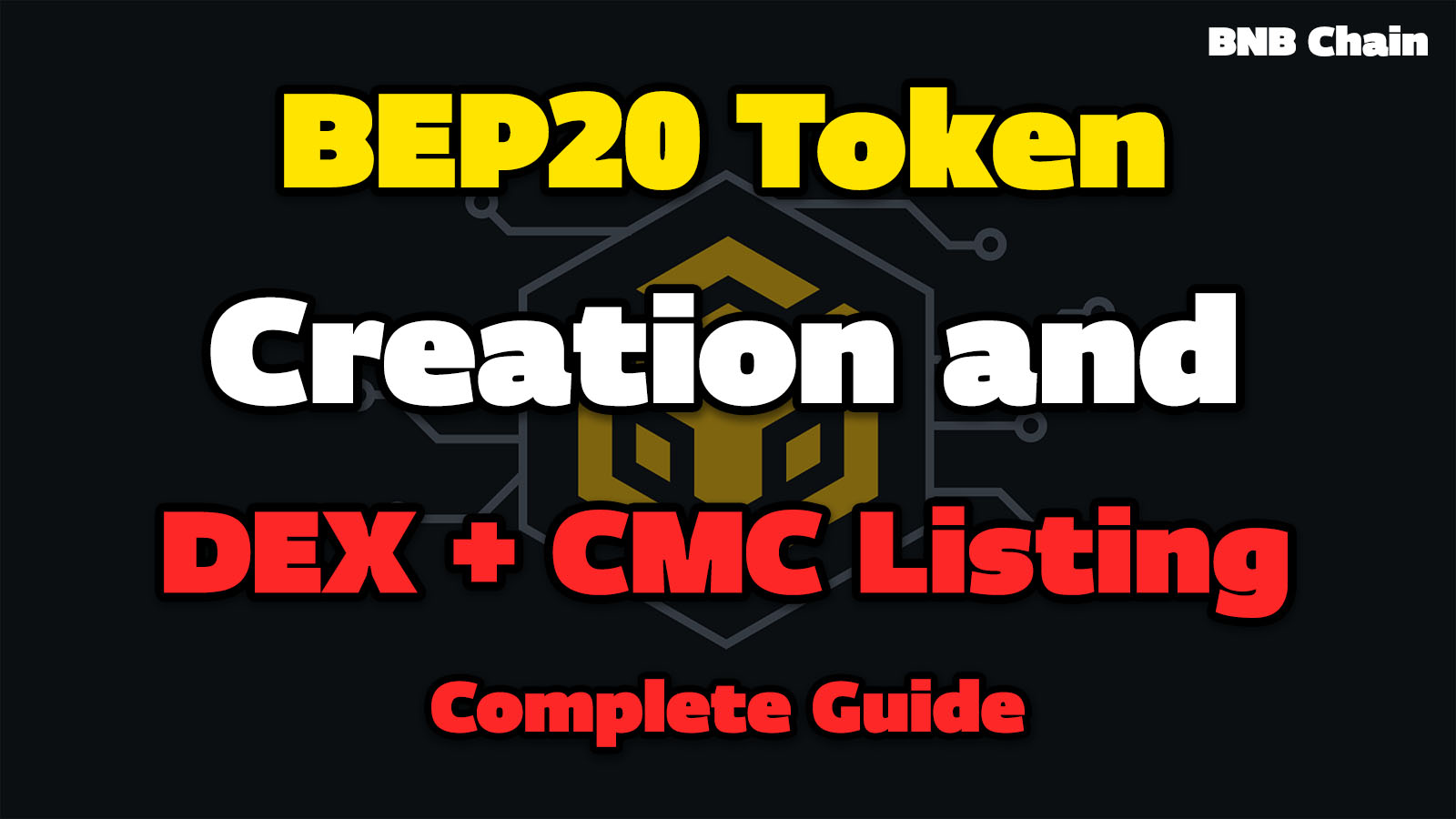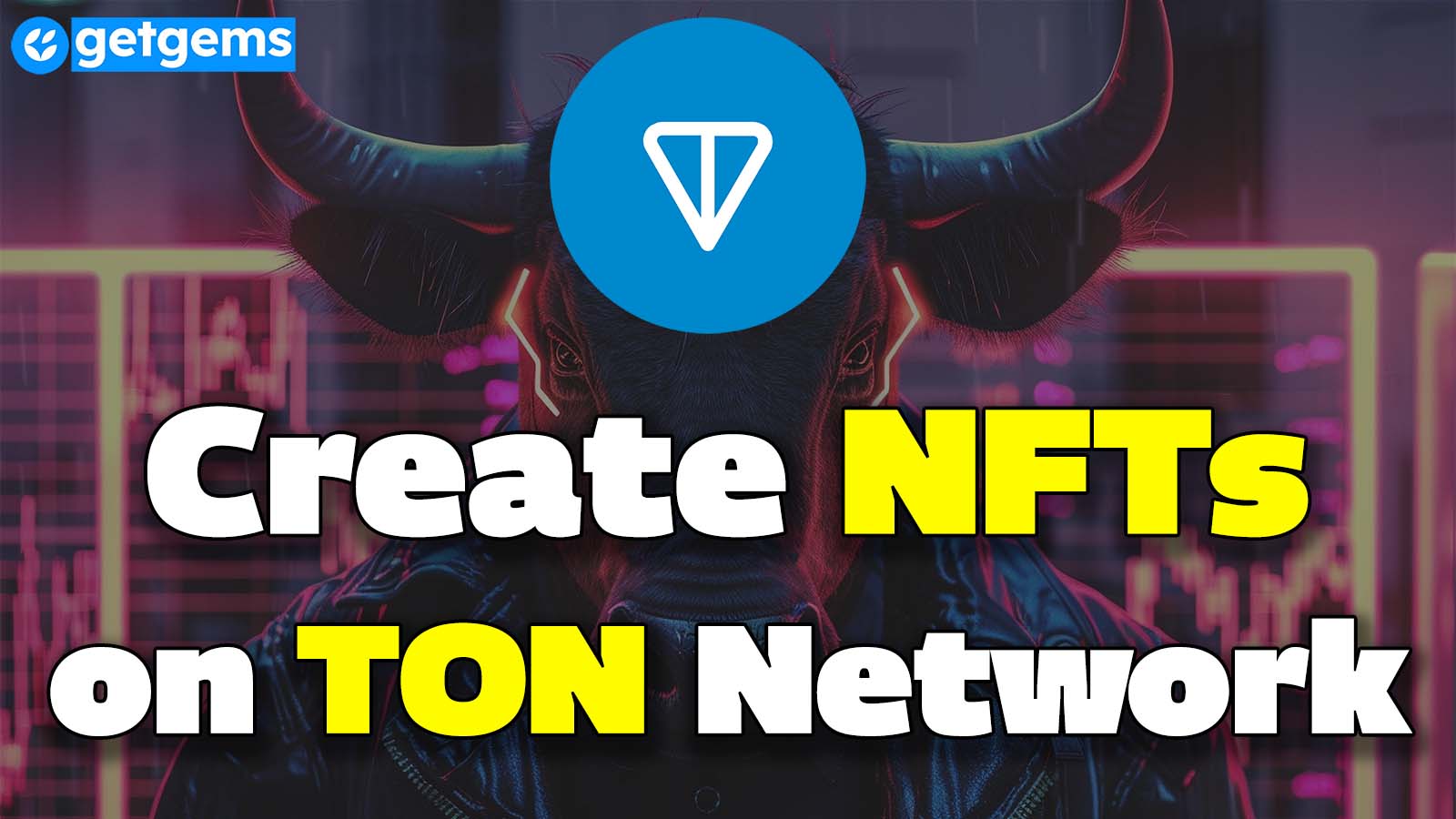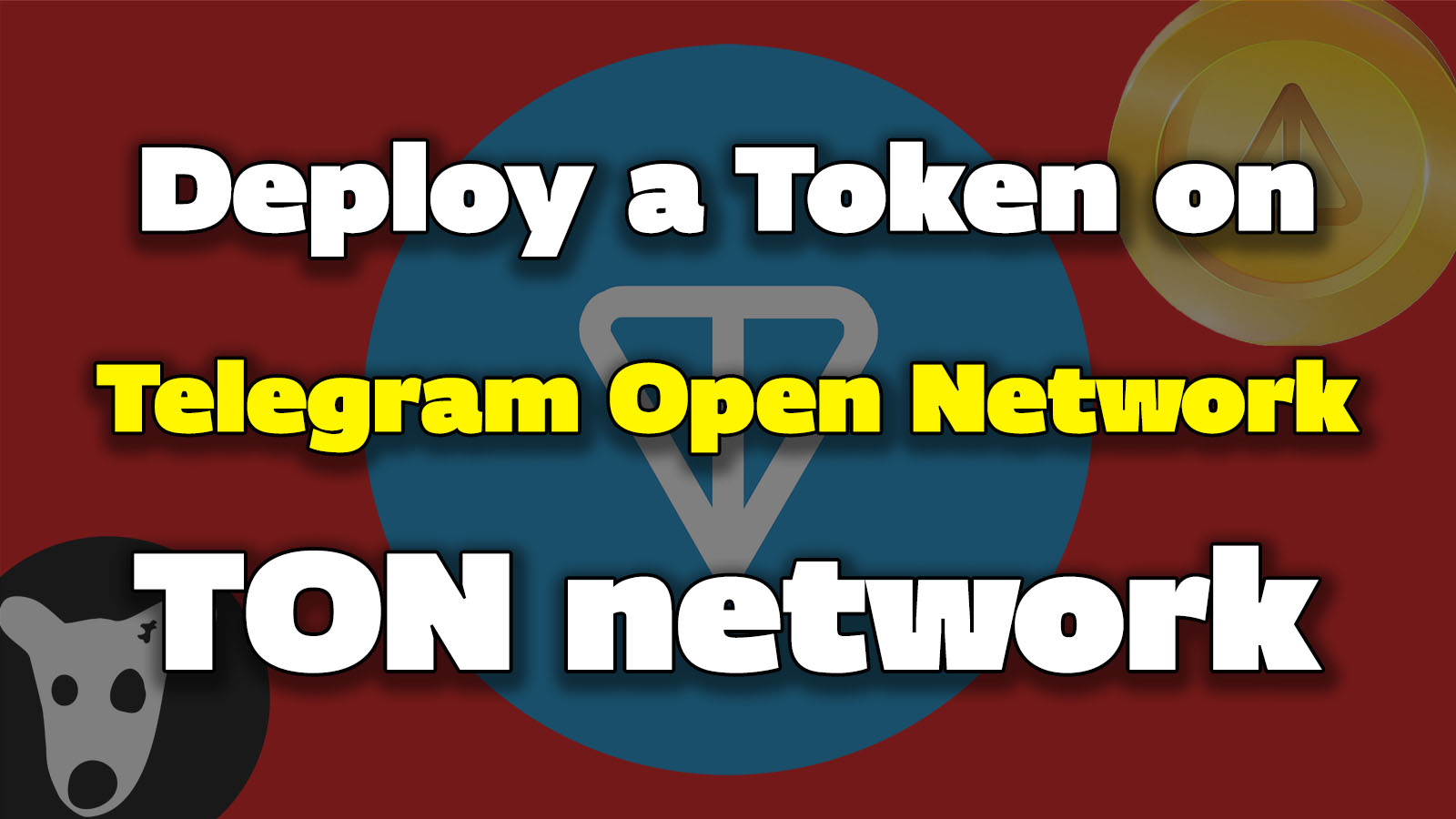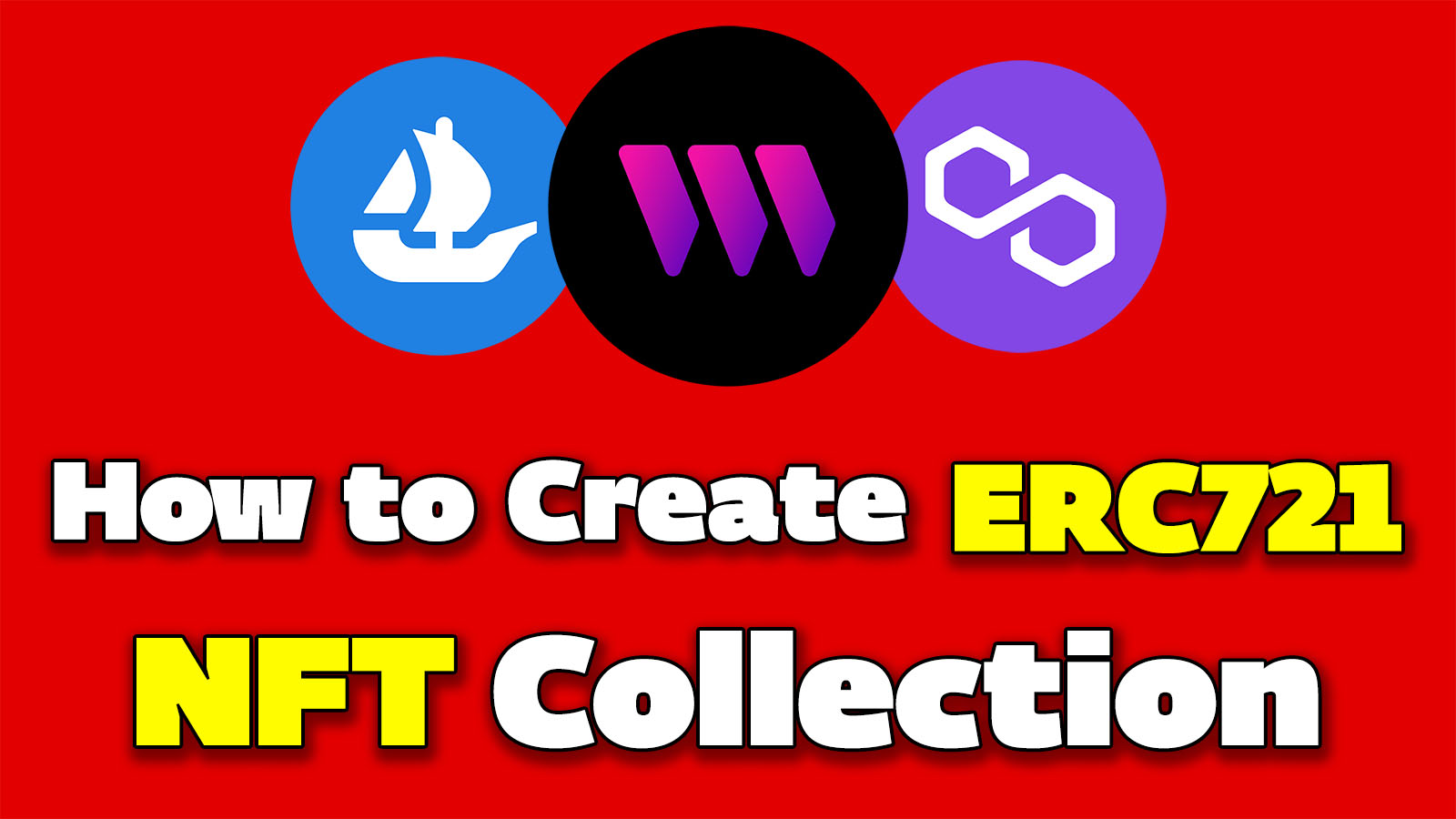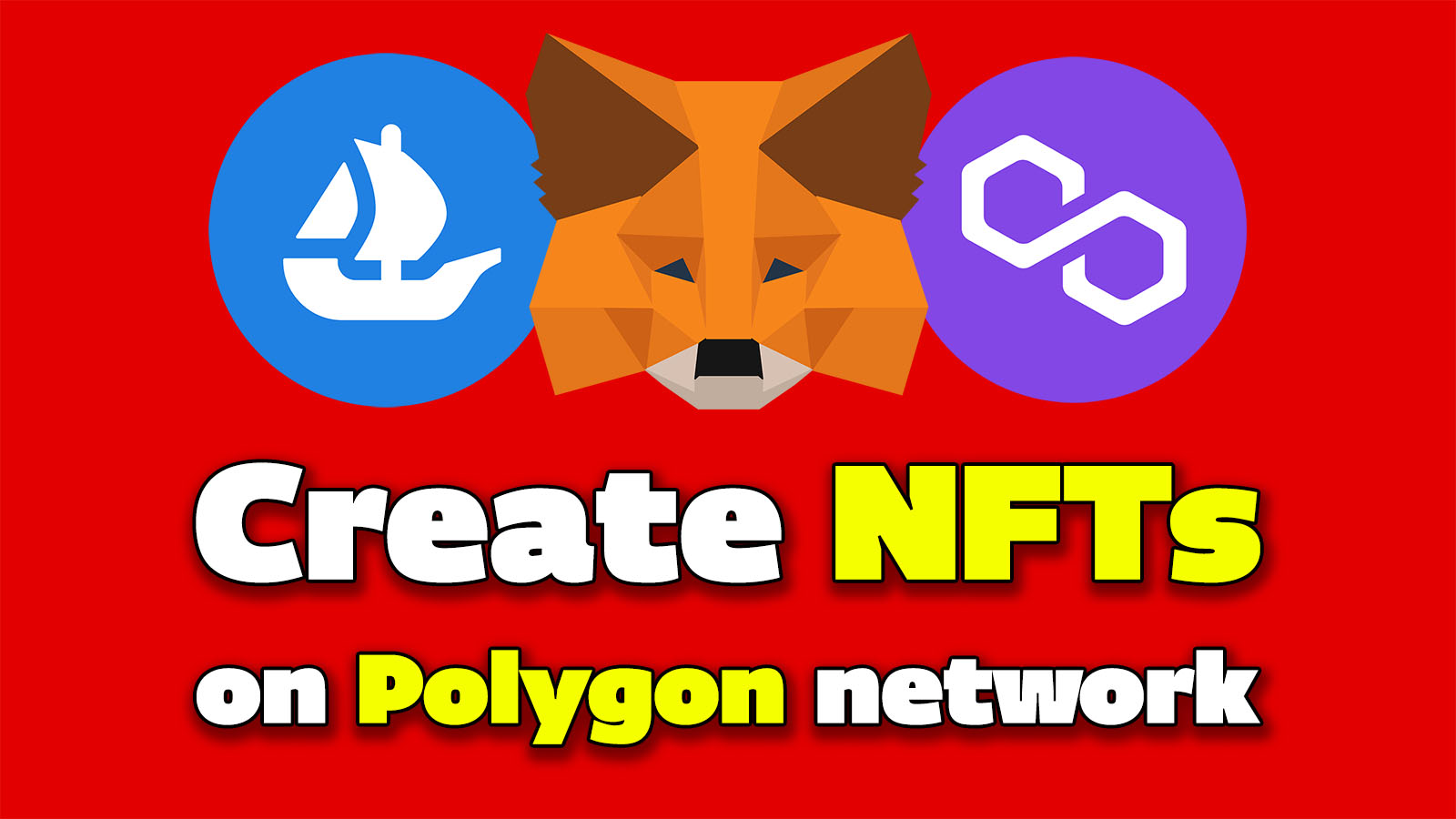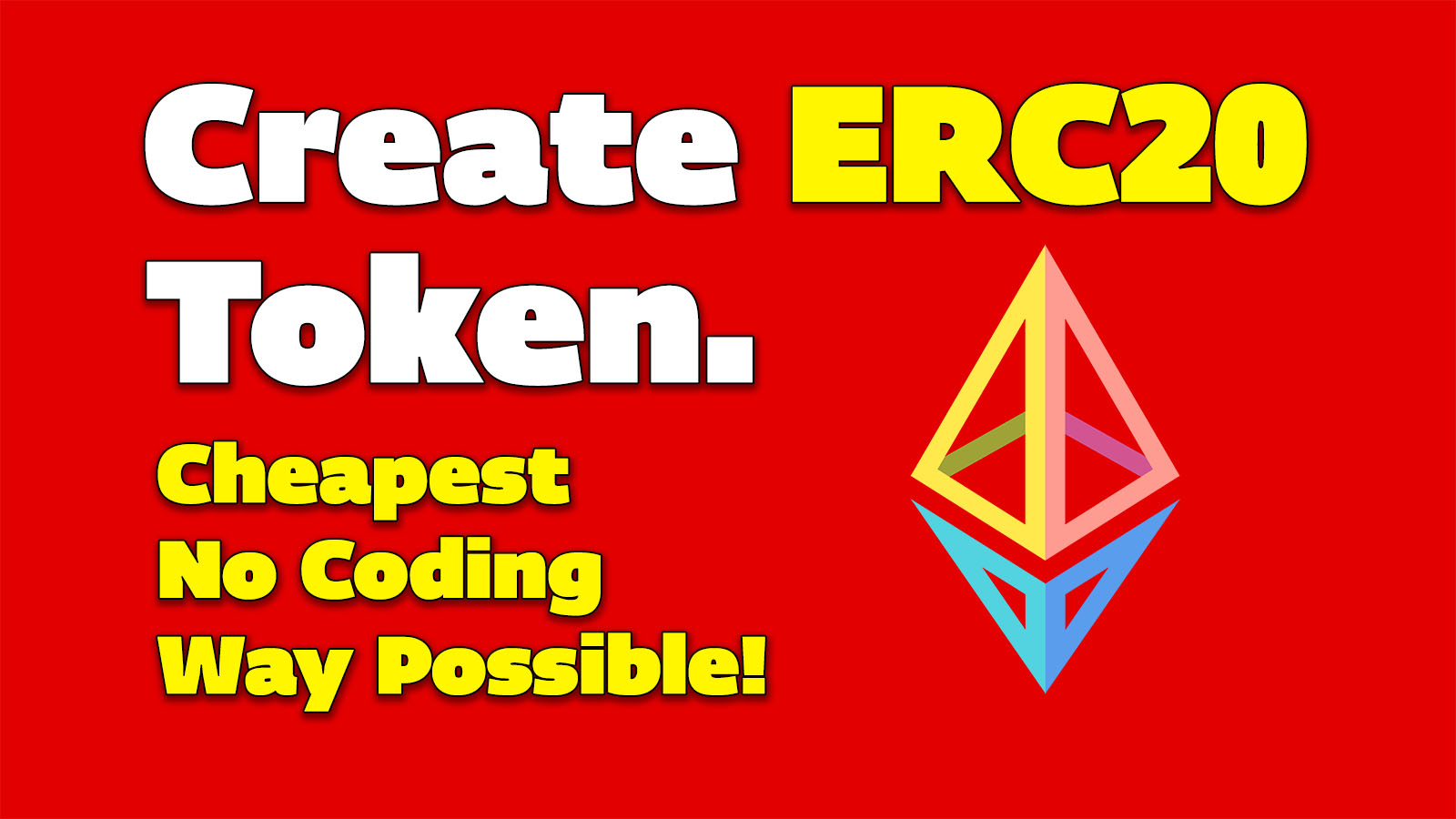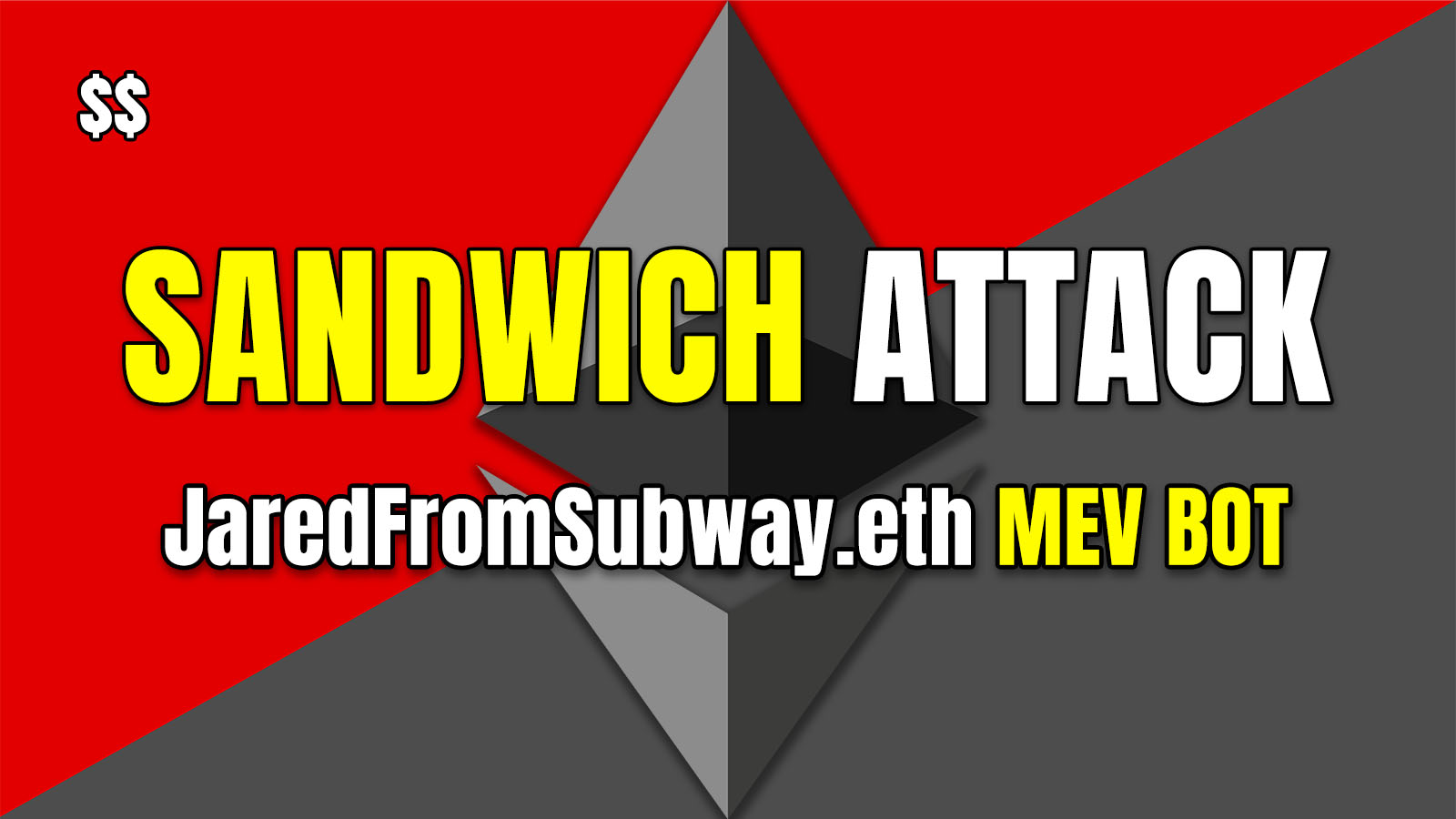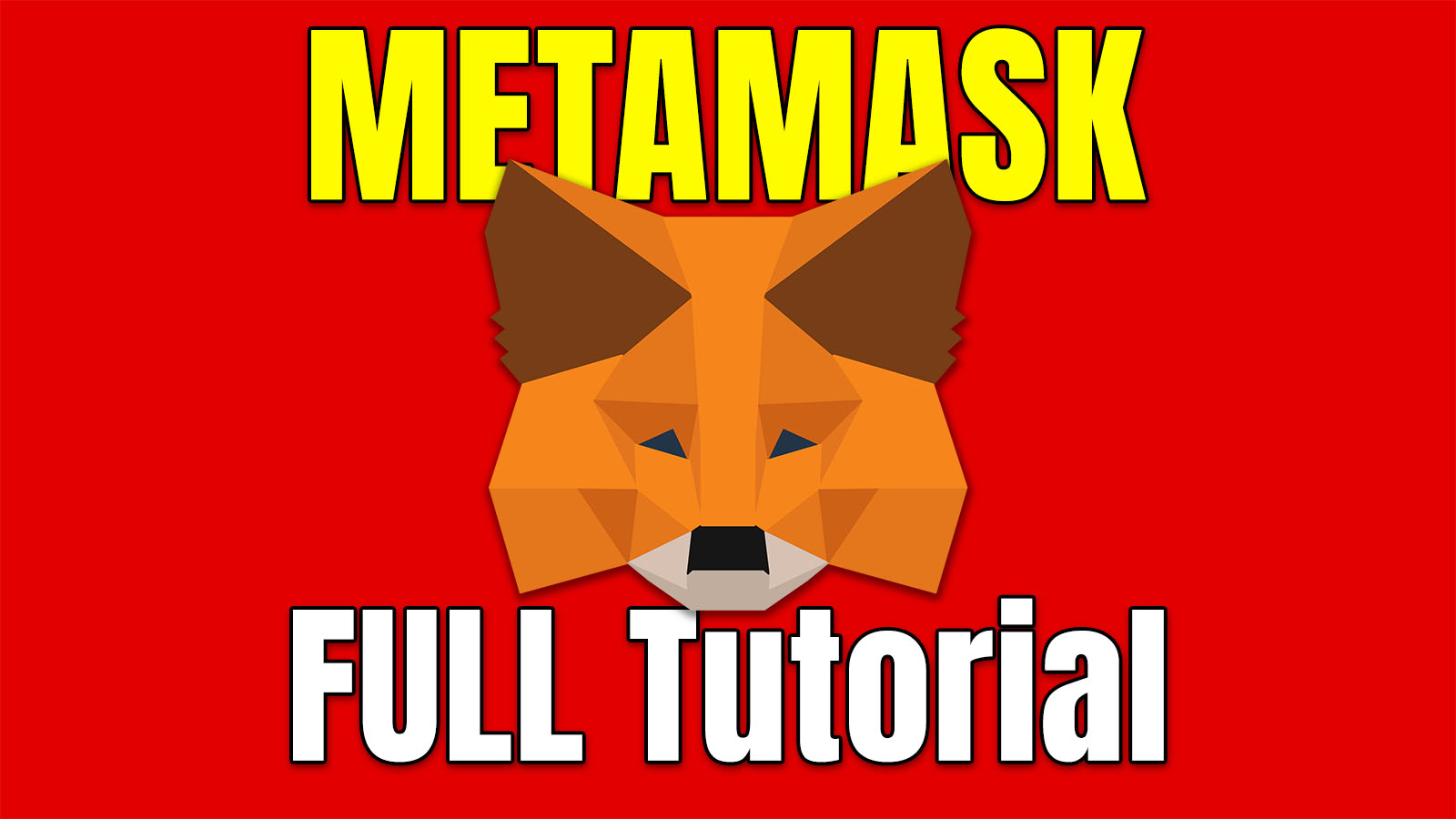In this article from the Bitdemy website, we will explain a Cryptocurrency full node and show you how to run a Bitcoin node.
What is a Full node?
A full node is a program that fully validates transactions and blocks. Almost all full nodes also contribute to the network by accepting transactions and blocks from other full nodes, validating those transactions and blocks, and then transmitting them to full nodes.
Most full nodes also serve customers who use wallets without running a node by allowing them to transmit their transactions to the network and notifying them when a transaction affects their wallet.
If enough nodes don't perform this function, users won't be able to connect to Bitcoin via the peer-to-peer network – they'll have to use centralized services instead.
Many individuals and organizations are volunteering to run full nodes using spare computing resources and bandwidth – but more volunteers are needed to keep Bitcoin growing.
A simple definition of a Bitcoin full node
A Bitcoin full node is a situation where you run special software to connect to the Bitcoin network, such as Bitcoin Core, and maintain a complete archive of the Bitcoin blockchain on your personal computer or server.
This Bitcoin node must always be running to receive and store newly created blocks, and as you connect to other nodes to receive blocks, other nodes will also connect to your node.
How does running a full node help the Bitcoin network?
Doing this will lead to better decentralization of the network and also increase the speed at which blocks and transactions are received by other nodes.
Run Cryptocurrency full nodes
Required hardware
You need different hardware resources to run a full node for different cryptocurrencies, but for a full Bitcoin node you need a computer or server with the following specifications:
2-core processor (4+core recommended), 4GB RAM (8GB recommended) and 1TB HDD (SSD recommended)
Internet
Your full node needs to be constantly connected to the internet to receive new blocks and transactions, and given the 10-minute block time, the full node can run at any internet speed.
(Please note that it takes a relatively long time to receive the initial blocks and synchronize the node with the network, so it is better to have a high-speed internet connection or download the initial blocks manually)
Tutorial on setting up a full Bitcoin node
- Download Bitcoin Core
- Installing Bitcoin Core GUI Software
- Running the fill node
- Running a full node using Bitcoin Daemon
Download Bitcoin Core
Download Bitcoin core software for Windows operating system from this link.
For Linux use this link and fore Macos use this link (Mac ARM).
If necessary, unzip the software after downloading.
Installing Bitcoin Core GUI Software
You can install it by running the downloaded software:
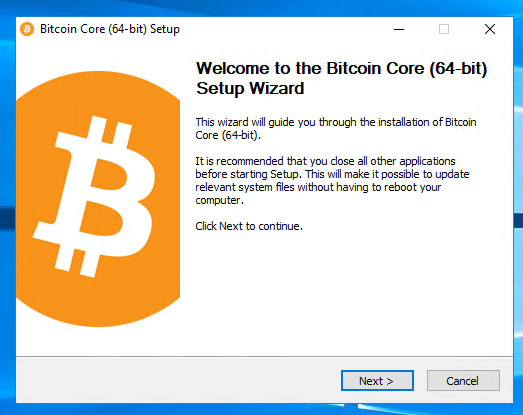
Running the fill node
After installing the software, run it:
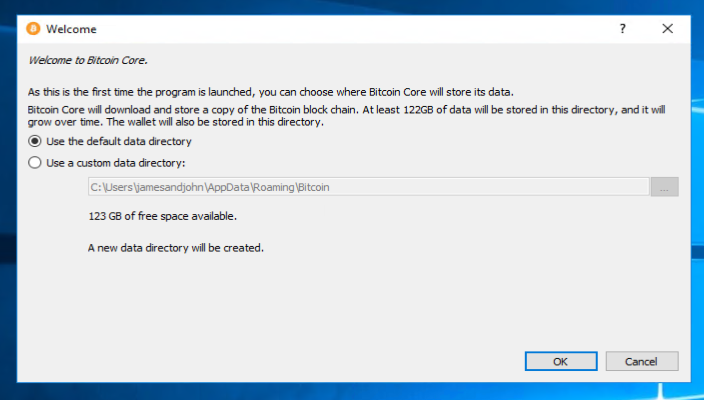
Click on the allow option:
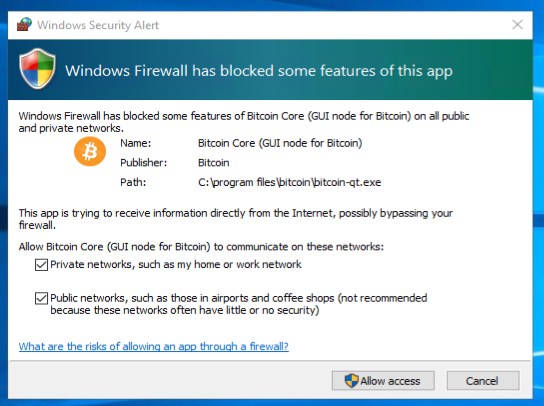
The software is running and depending on the internet speed, it will take some time to receive previous blocks and synchronize with the network:
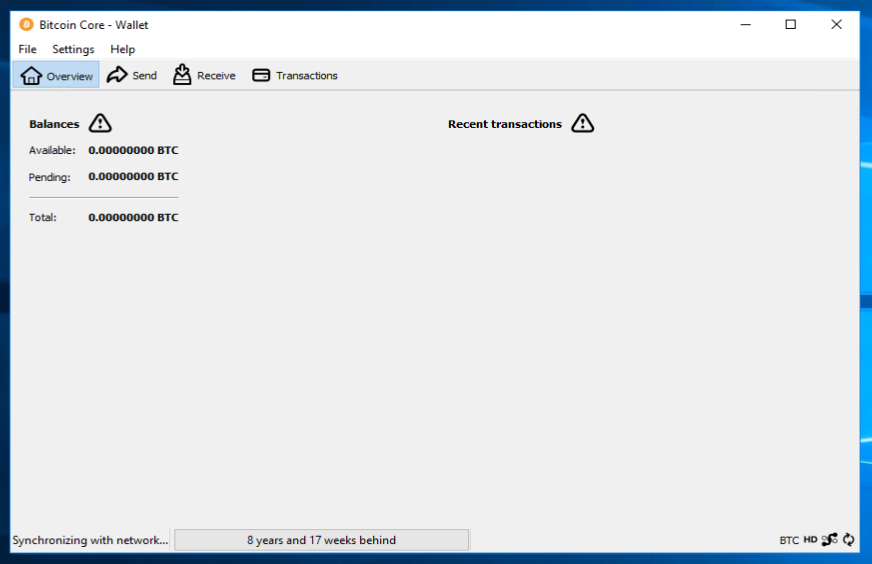
Please note that if you need to shut down your system, be sure to close the Bitcoin Core software first.
Running a full node using Bitcoin Daemon
To run bitcoind, first open your cmd and then enter the following command and press Enter:
C:\Program Files\Bitcoin\daemon\bitcoind
After a few minutes, you can view the sync status of your full node by running the following command in cmd:
C:\Program Files\Bitcoin\daemon\bitcoin-cli getblockchaininfo
To stop the software safely, you can use the following command:
C:\Program Files\Bitcoin\daemon\bitcoin-cli stop


